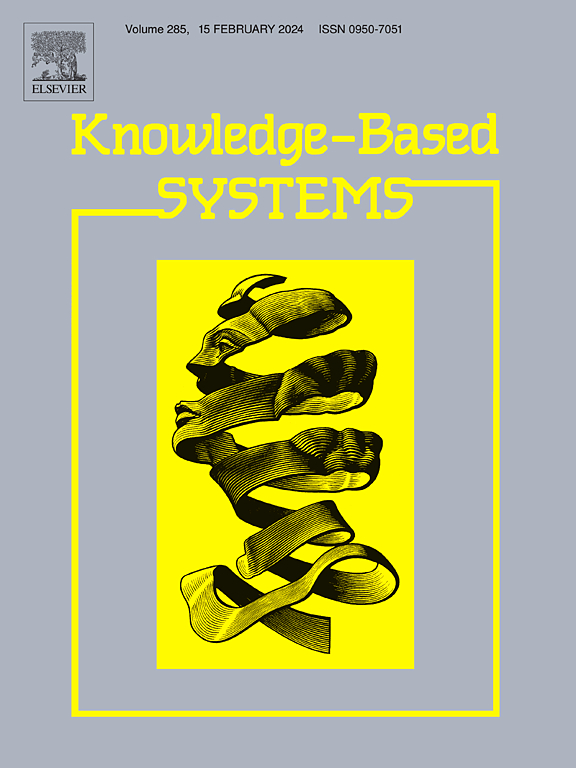基于 GAN 的时间序列数据统计过程控制
IF 7.2
1区 计算机科学
Q1 COMPUTER SCIENCE, ARTIFICIAL INTELLIGENCE
引用次数: 0
摘要
在监测时间序列数据时,比较了累积和(CUSUM)控制图和生成式对抗网络(MAD-GAN)多变量异常检测。然而,在训练阶段仅使用正常数据进行单类分类而构建的控制边界并不适用于测试阶段,因为在测试阶段需要对正常数据和异常数据进行分类。为此,我们首先提出了基于 GAN 的统计过程控制 (SPC) 框架,从 SPC 的角度对它们在检测过程均值偏移方面进行比较。其次,我们提出了残差 MAD-GAN 以提高检测性能。第三,我们开发了 MAD-GAN 的损失函数。最后,我们发现最大均值差异(MMD)和纳什均衡对 MAD-GAN 非常有用。我们的实验证明,就时间序列数据的运行长度而言,残差 MAD-GAN 比残差 CUSUM 控制图更有效。因此,我们建议 SPC 从业人员考虑使用残差 MAD-GAN 来检测时间序列数据中的过程均值偏移。本文章由计算机程序翻译,如有差异,请以英文原文为准。
GAN-based statistical process control for the time series data
The cumulative sum (CUSUM) control chart and the multivariate anomaly detection with the generative adversarial network (MAD-GAN) were compared for monitoring the time series data. However, the control boundaries constructed in terms of the one-class classification with only the normal data for the training phase are inappropriate for the test phase because the normal data and the abnormal data should be classified for the test phase. In this regard, we first propose this GAN-based statistical process control (SPC) framework to compare them in terms of detecting the process mean shift based on the perspective of SPC. Second, we propose the residual MAD-GAN in order to improve the detection performance. Third, we develop the loss function of the MAD-GAN. Finally, we find that the maximum mean discrepancy (MMD) as well as the nash equilibrium is useful for the MAD-GAN. Our experiments demonstrate that the residual MAD-GAN is more effective than the residual CUSUM control chart in terms of the run lengths for the time series data. Therefore, we propose SPC practitioners to consider the residual MAD-GAN for detecting the process mean shift in time series data.
求助全文
通过发布文献求助,成功后即可免费获取论文全文。
去求助
来源期刊

Knowledge-Based Systems
工程技术-计算机:人工智能
CiteScore
14.80
自引率
12.50%
发文量
1245
审稿时长
7.8 months
期刊介绍:
Knowledge-Based Systems, an international and interdisciplinary journal in artificial intelligence, publishes original, innovative, and creative research results in the field. It focuses on knowledge-based and other artificial intelligence techniques-based systems. The journal aims to support human prediction and decision-making through data science and computation techniques, provide a balanced coverage of theory and practical study, and encourage the development and implementation of knowledge-based intelligence models, methods, systems, and software tools. Applications in business, government, education, engineering, and healthcare are emphasized.
 求助内容:
求助内容: 应助结果提醒方式:
应助结果提醒方式:


